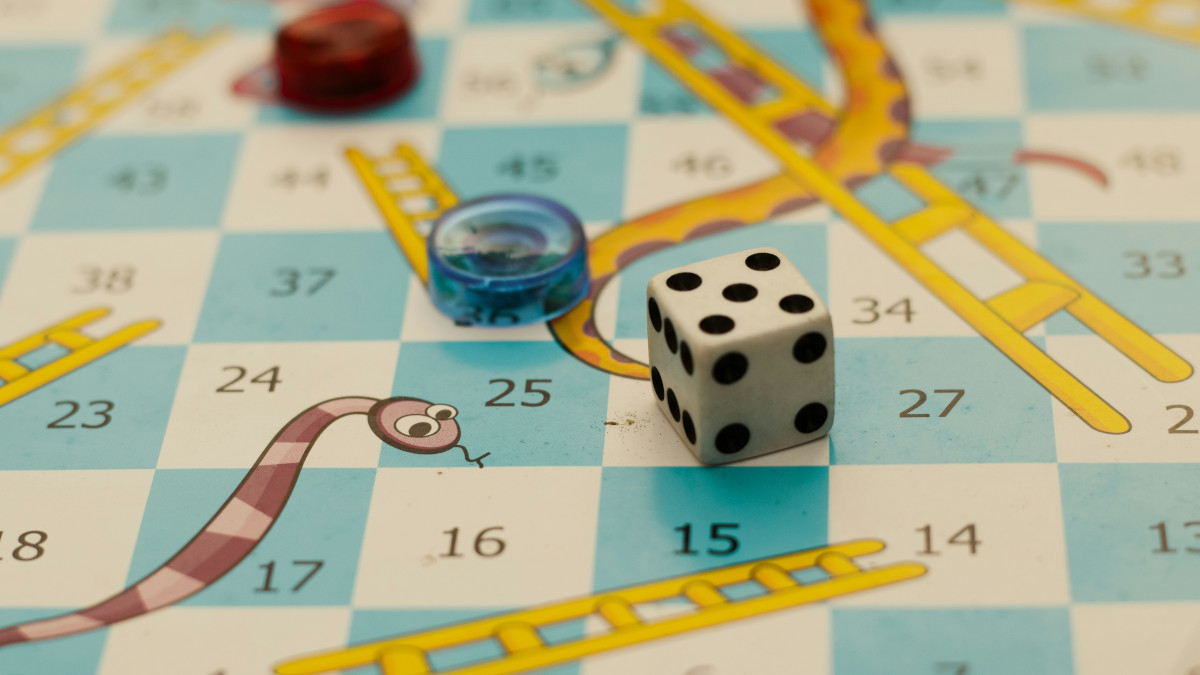Board Games will always be a mainstay of family entertainment. They offer not only bonding time, but learning experiences and a lot of laughter. For younger children, they may not always have the longest attention spans, so playing long winded, strategy-based games is pretty much out of the question, but that doesn’t mean there aren’t options.
Whatever the age of the kid you’re trying to play with, there’s a board game suitable for them. As a parent, I feel qualified to discuss some of our favorite choices, the ones that get pulled out of their dedicated cupboard more often, and why we love them. The suggested ages here are all the ‘official’ ones suggested by the game itself.
Clue Junior (Ages 5+)

Of course, the original, adult version of Clue is wildly inappropriate for children. Nobody wants to introduce their five-year-old to the concept of murder. However, the Junior version of Clue involves a much more child-friendly ‘whodunit’ – find out who ate the last slice of cake, when, and what they drank to wash it down. The main characters are still there, even if we’re missing out on the iconic murder weapons.
Clue Junior promotes critical thinking, discovery, and discussion, so it’s perfect for a spot of family bonding. It’s even better if you decide to partake in a slice of cake as you play.
Monopoly Junior (Ages 5+)
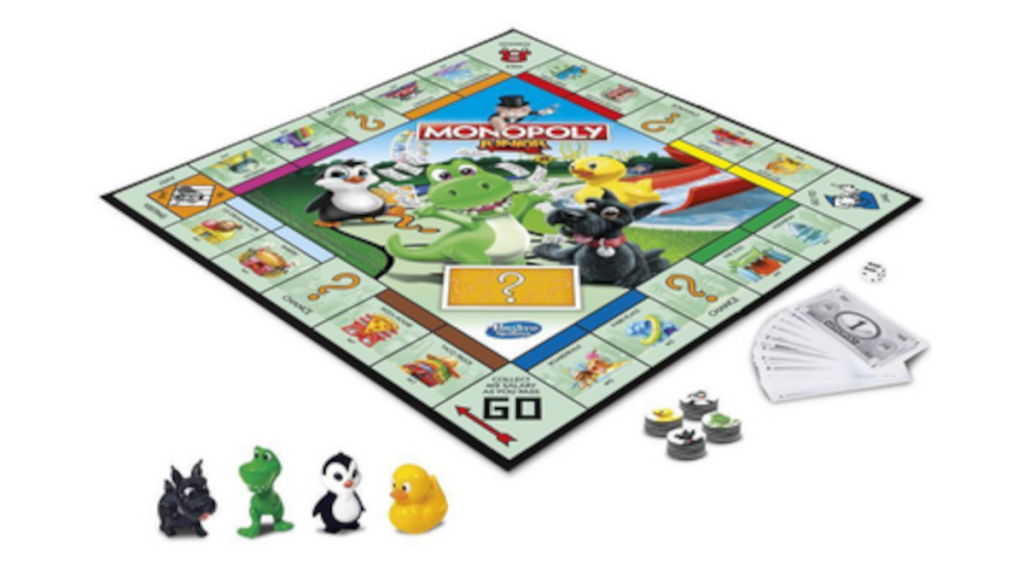
I debated whether or not any form of Monopoly should make an appearance on this list, due to my own memories of how competitive this game would become during family Christmas celebrations. However, there’s now a Junior version of the game that would have prevented many tantrums back in my day.
In the Junior version of Monopoly, children have the chance to buy properties such as the Pet Store and the Video Game Arcade using only single dollar bills, to avoid too much math-based confusion. The biggest argument that will come out of Monopoly Junior will be ‘who gets to play as the Dinosaur?’
Scrabble (Regular & Junior) (Ages 5+)
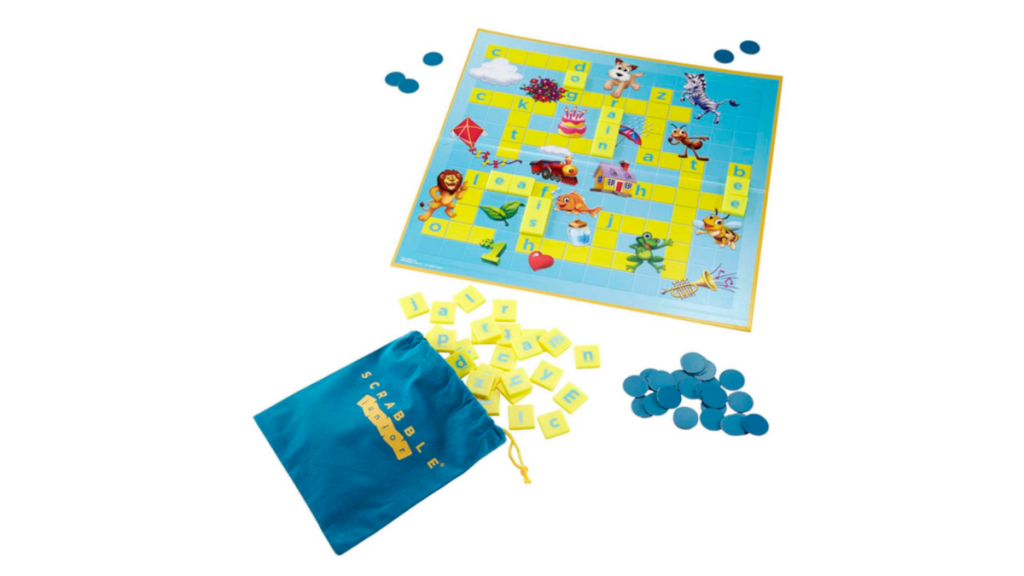
I’m not sure this one needs too much explanation, but I’ll give it a go anyway.
Scrabble is an amazing way of expanding a child’s vocabulary and helping them with their spelling. There’s no better way of inspiring a child’s desire to learn than doing it with them, and I have many fond memories of sitting with my Grandparents, a dictionary beside us, as we battled it out for domination of the Scrabble board.
There’s also a Junior version of Scrabble, which aims to promote independent thinking by giving some half pre-made words for children to fill in the gaps. The board is cuter, too, with animals and other illustrations to inspire their love of words.
Mouse Trap (Ages 6+)
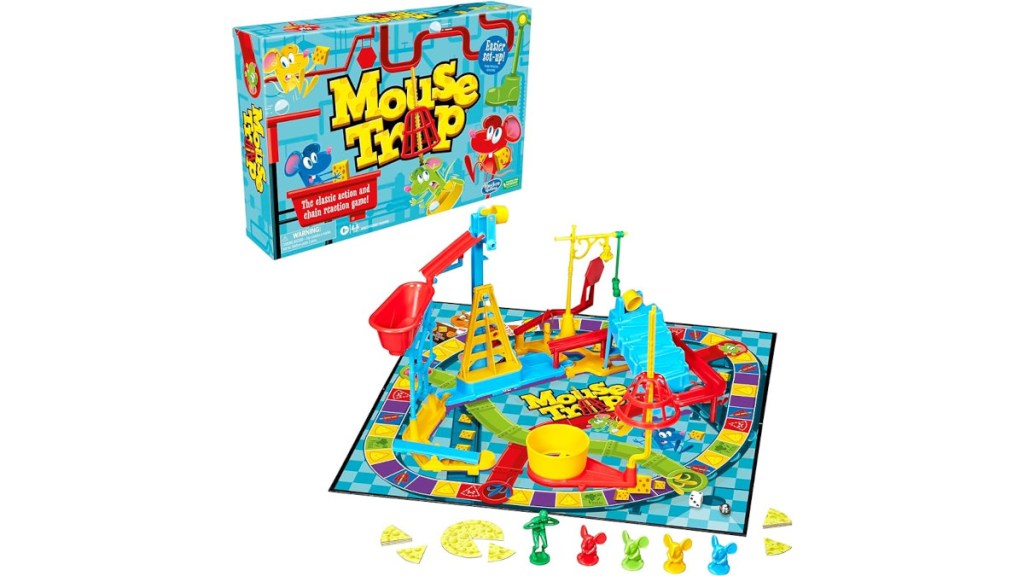
I never claimed that everything on this list would be a learning experience for the children in your life, and Mouse Trap might be the most fun of any of the games here. That said, it does help children to practise their construction and fine motor skills as they work to set up the board and, short of anything else, it might help them to gain some patience.
That said, if your kids are anything like mine (or myself, as a youngster) they might get more fun out of Mouse Trap purely by setting it up and then watching everything fall apart to trap the mouse. Laughter is pretty much guaranteed.
Candy Land (Ages 3+)

A simple game of counting and racing, Candy Land is suitable for very young children and will help them to develop not only their counting skills, but also their ability to take turns, which is always welcome in the eyes of any parent.
In case you’re wondering, Sugar Rush, the arcade game that’s home to Vanellope lives in Wreck It Ralph, was very much inspired by Candly Land. The board game, too, involves characters such as King Kandy and locations such as Candy Cane Forest and Gumdrop Mountain. If your kids love Wreck It Ralph, this game might just blow their minds.
Chutes and Ladders (Ages 3+)

This one is pretty self explanatory and a staple of childhood worldwide (although known by different names, such as ‘Snakes and Ladders’ in the UK). It’s simple, you roll a dice and move that number of spaces. If you land on a Ladder, you go up. If you land on a Chute, you go down.
To this day, I’m not entirely sure what this teaches kids. Perhaps that, it’s okay to lose, sometimes, and things often happen that we can’t control, like falling down a Chute and ending up miles from where we were. That’s life, I suppose. Regardless, this one is a fun and quick game to play with the kids when they’re bored and feeling restless.
Guess Who? (Ages 6+)

At first glance, Guess Who might just seem like a fun game to get the kids focused and talking about something. However, Guess Who builds memory retention, helps very young children work on their vocabulary, and also helps them to build the skill of critical thinking.
As a side note, there’s also many variants of this game which work on the same concept and you’re likely to find one for your childs favorite franchise – the Paw Patrol version is a favorite in my house. If your child is a fan of potty humor, there is a version called “Guess Poo” which I won’t try to describe, but I’m pretty sure you can figure out the aim of that game.
Jumanji (Ages 5+)
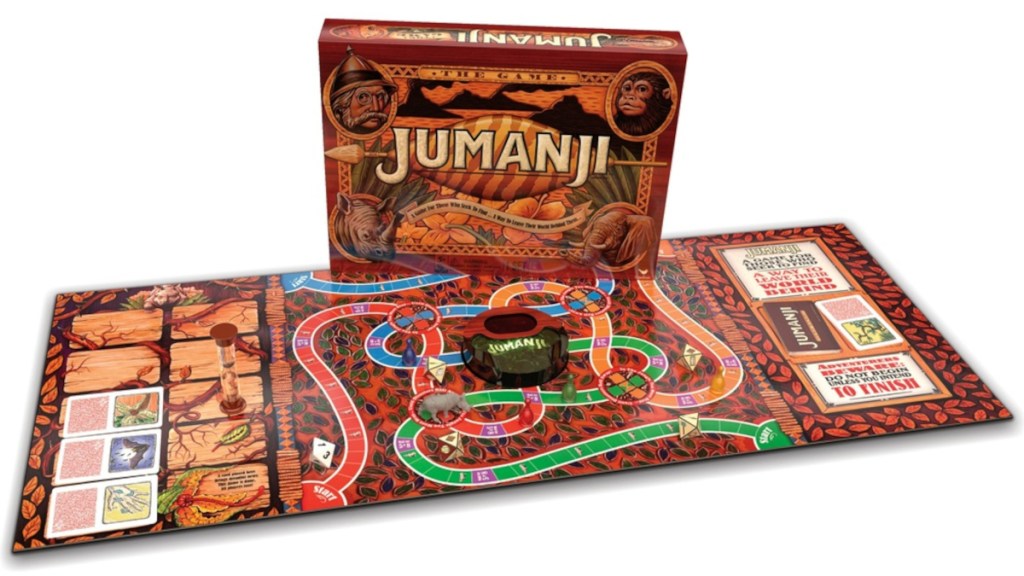
Okay, so maybe this one isn’t the best for very young children and, if I may offer some sage advice, maybe don’t let them watch the movie before picking up the game to actually play. I probably wouldn’t disappear for too long during play either, lest the kids start to think you’ve been sucked into the jungle.
However, with that said, Jumanji is excellent for teaching critical thinking as it involves cracking codes and also encourages children to take turns, as all good board games do. Perhaps the biggest draw of Jumanji, though, is the fact that it’s nostalgic for parents who were young when the movie was released in 1995.
Trouble (Ages 5+)
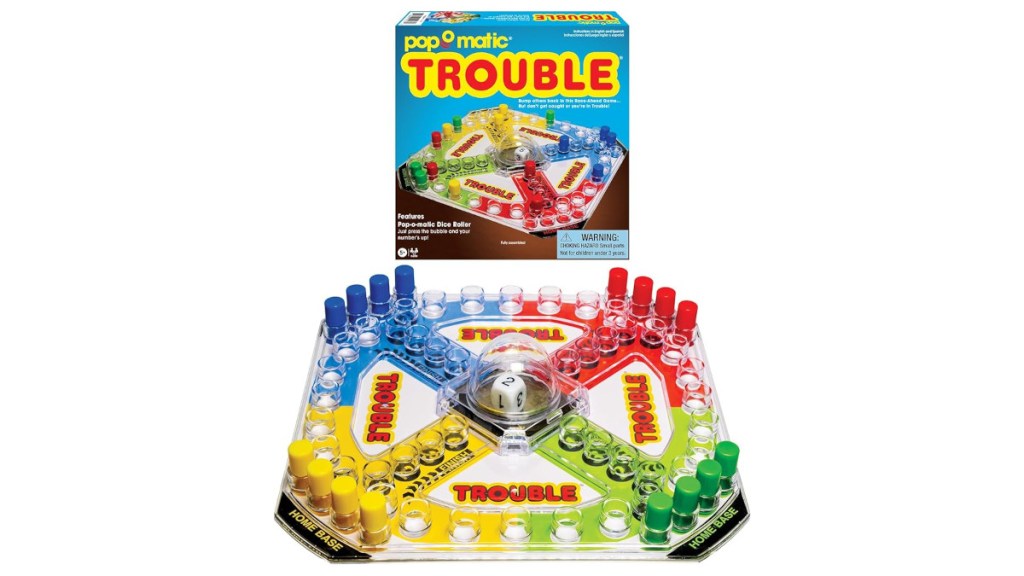
Any game that has a dice or multiple involved carries a certain amount of risk of losing said dice. That’s just a fact of life, especially when you’re playing with kids. However, Trouble removes this risk by enclosing the dice in a little dome in the middle and, as someone with a bag full of extra dice, that’s a solid selling point.
I mean, it’s also good for helping kids perfect their counting skills, at least as far as six, instills what I would consider a healthy amount of competitiveness and the race to win is always sure to get kids excited.
Fun fact, Trouble is known as ‘Frustration’ in the UK and I can confirm that the name is appropriate.
Operation (Ages 6+)
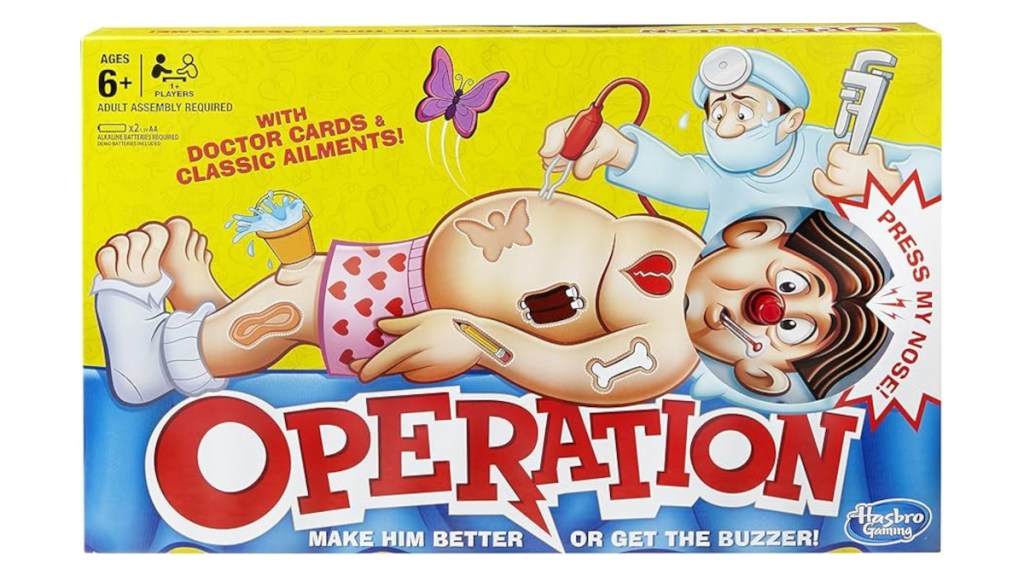
Operation is an undeniable classic for children. It’s got jump scares, which never fail to elicit laughter, is a great way of helping little ones fine tune their motor skills and, of course, it’s simply fun. The design has been the same since I was a child, and I can’t see it changing any time soon.
Any game with a jump scare element is sure to be beloved by kids. Buckaroo and Pop-Up Pirate are in the same vein and get honorable mentions, here.
